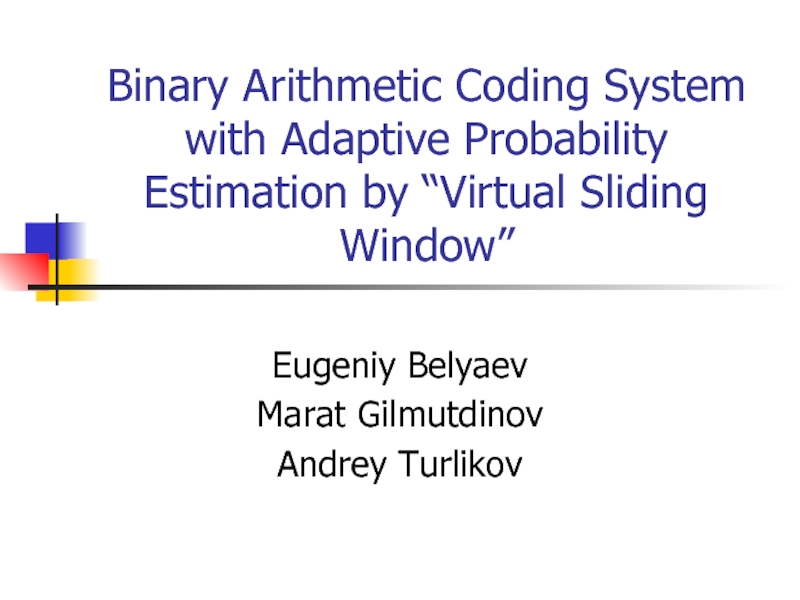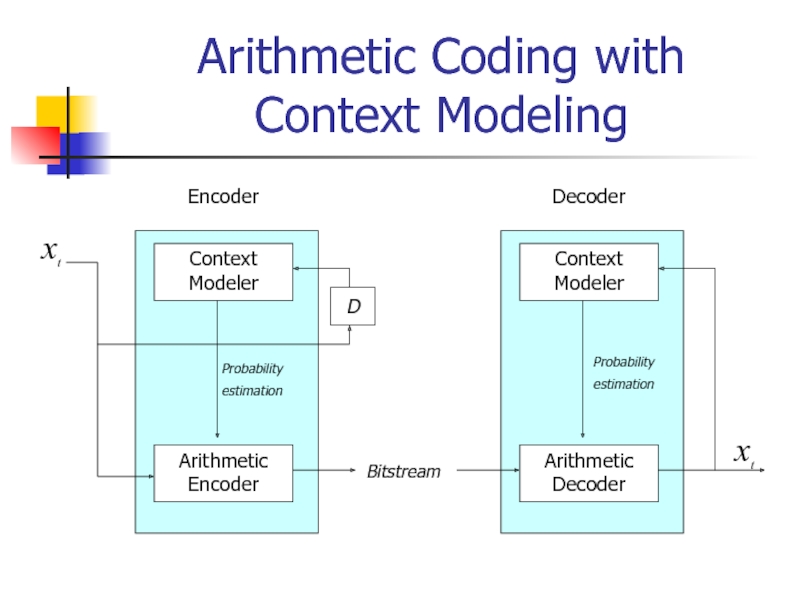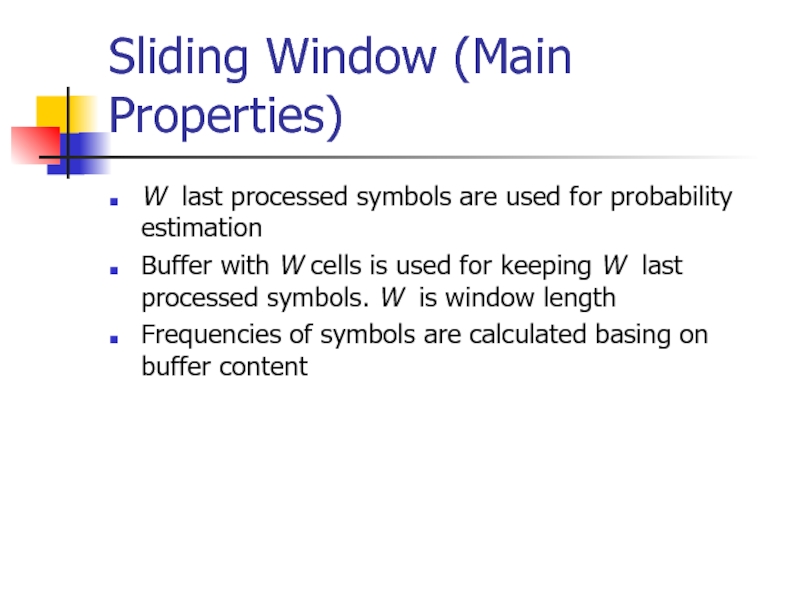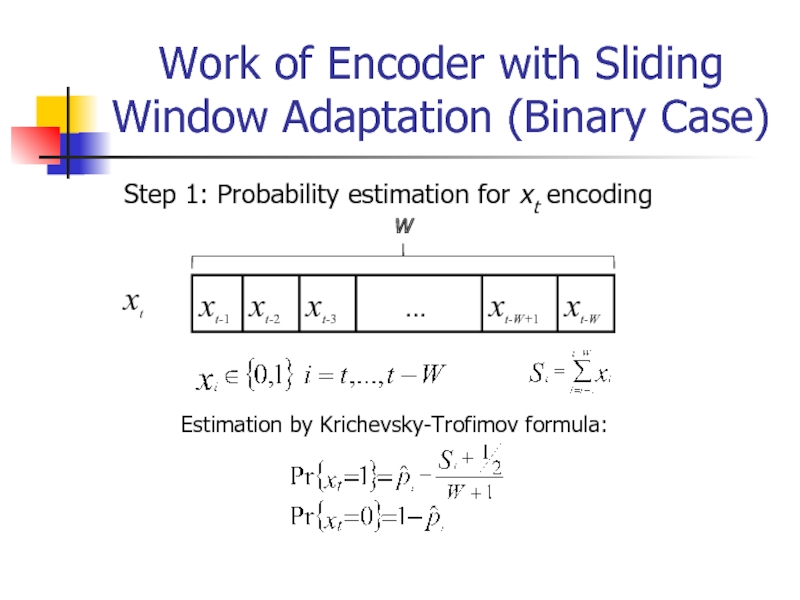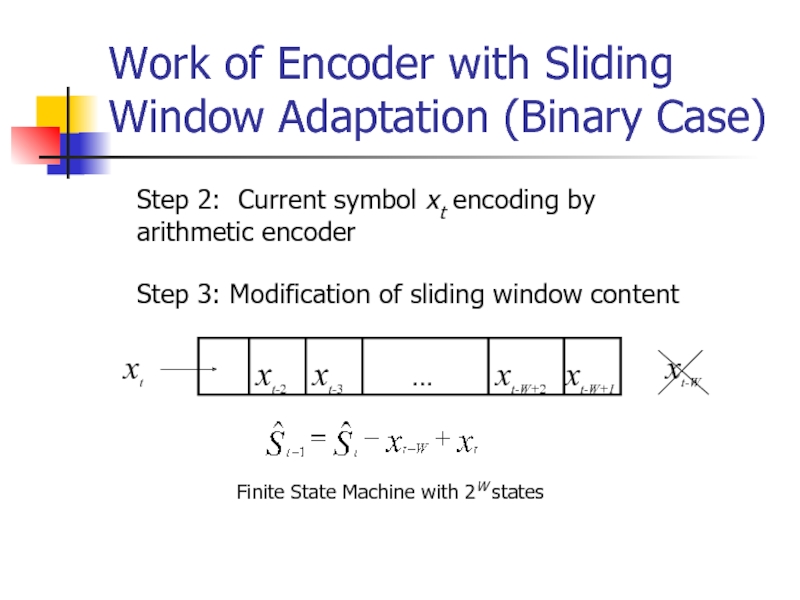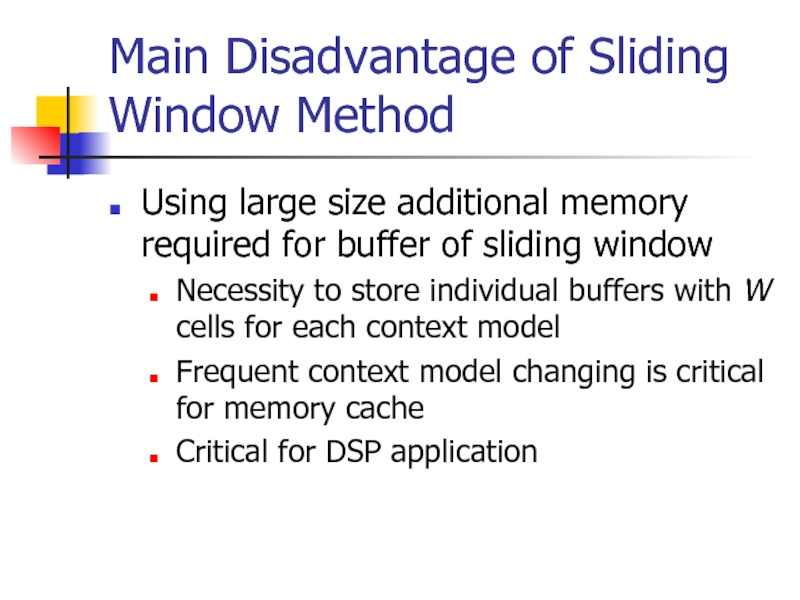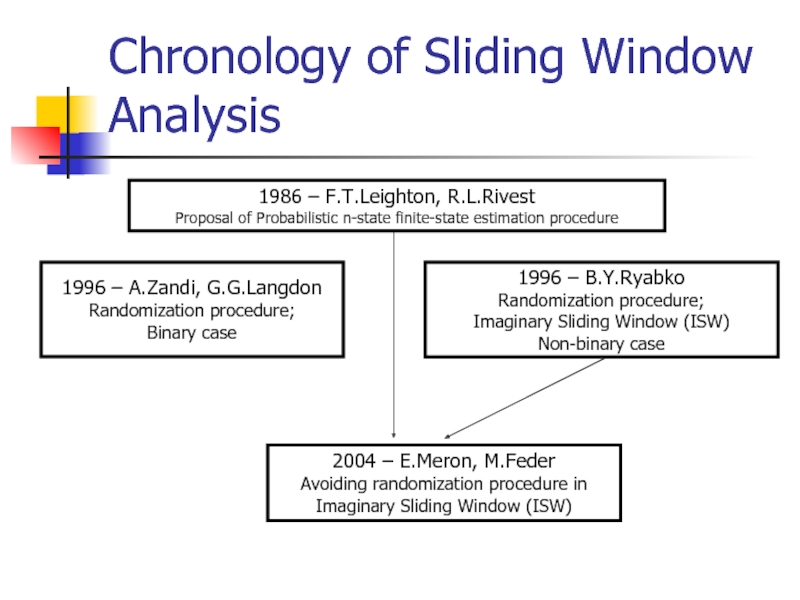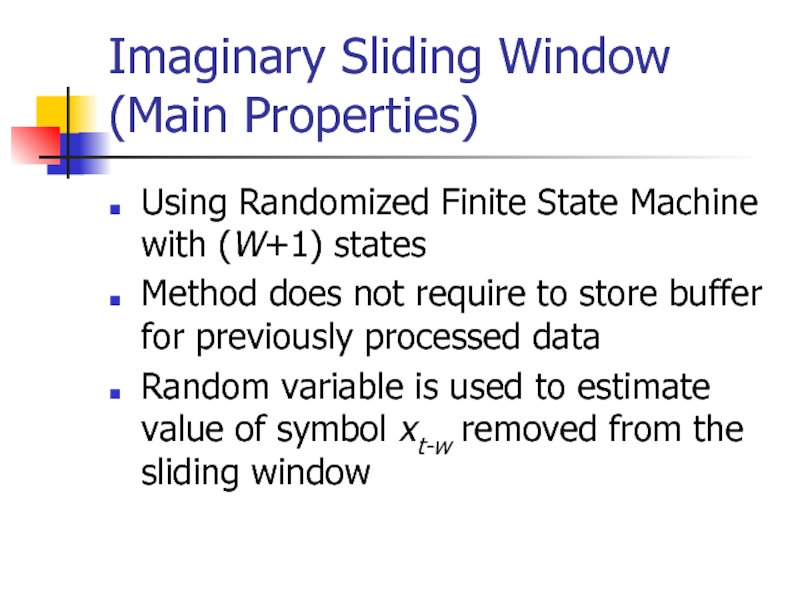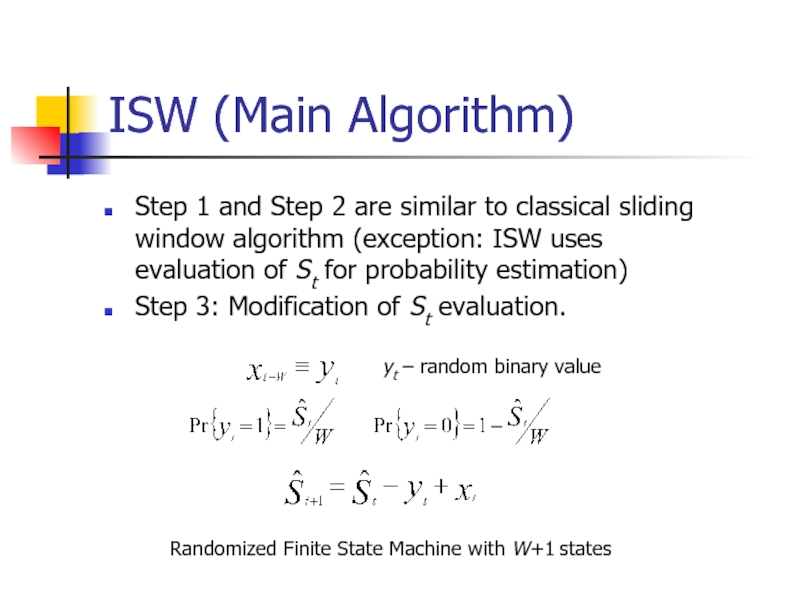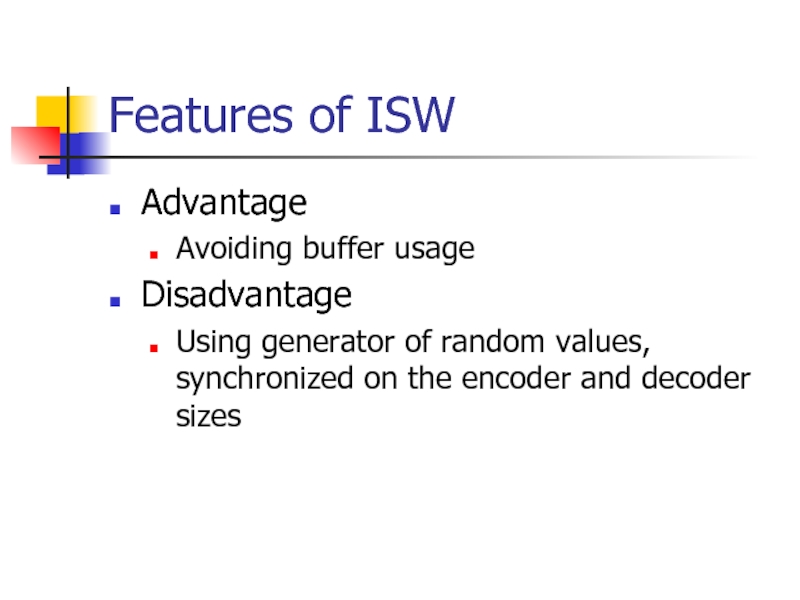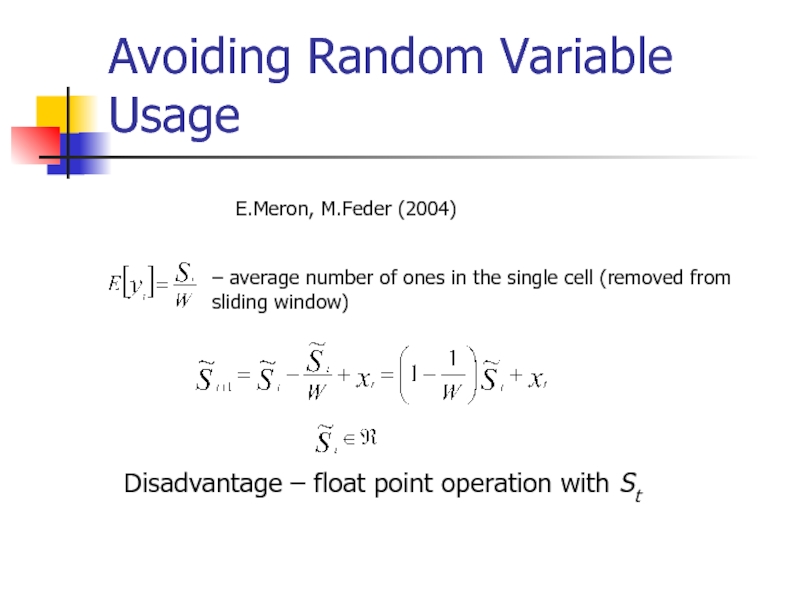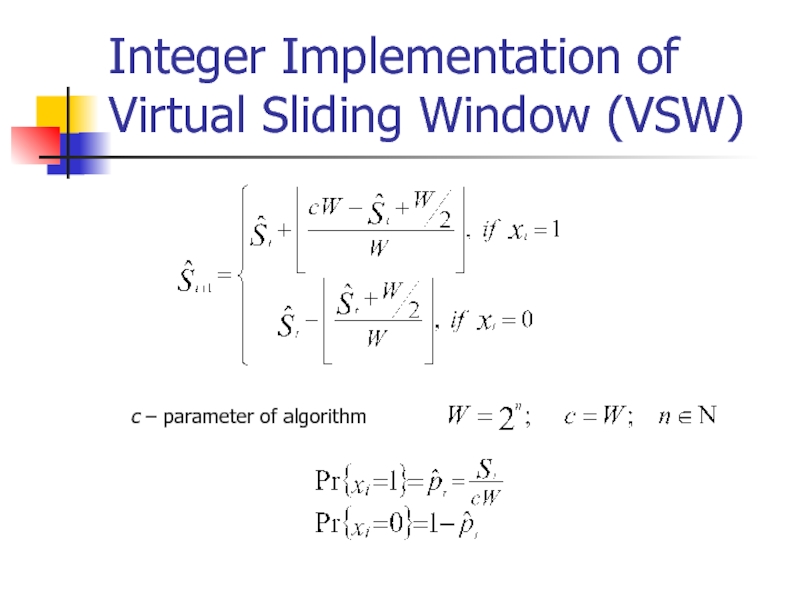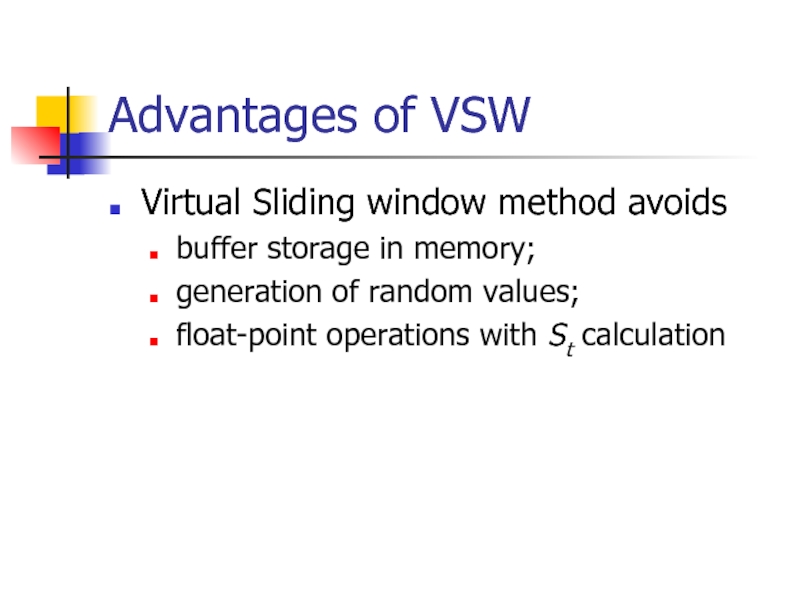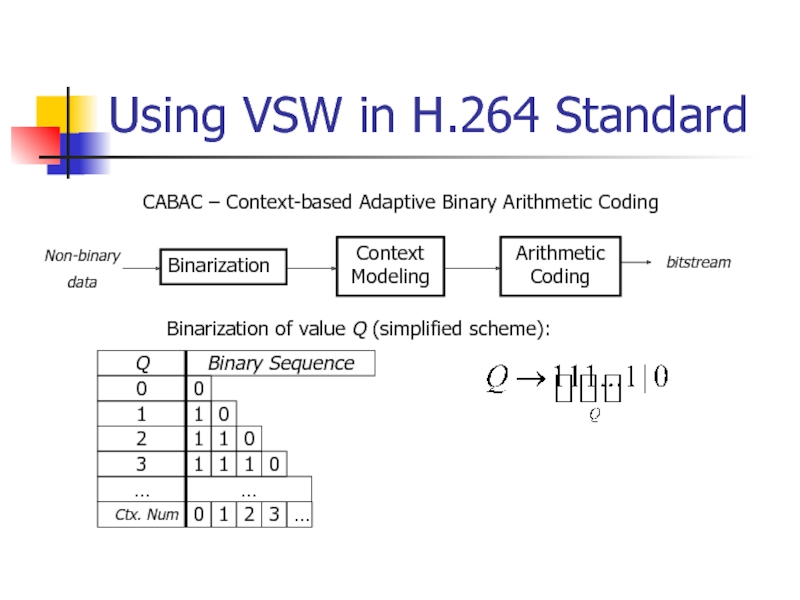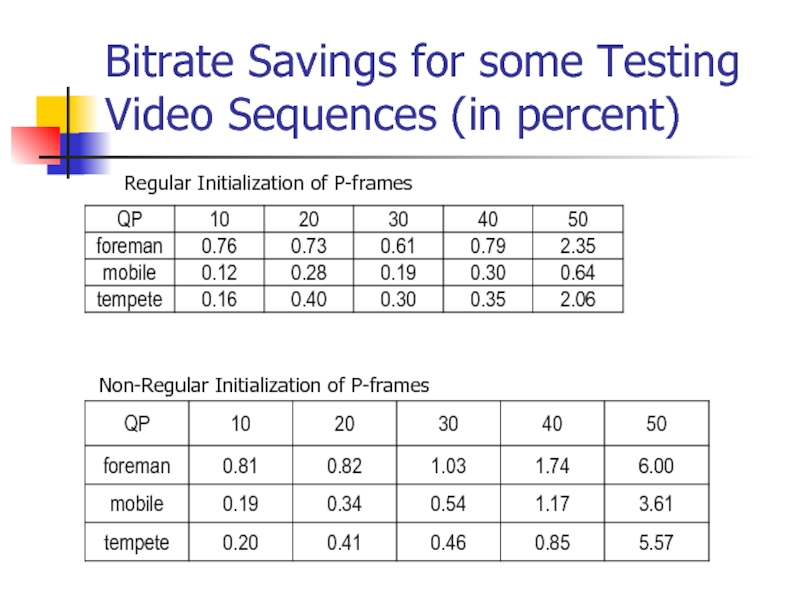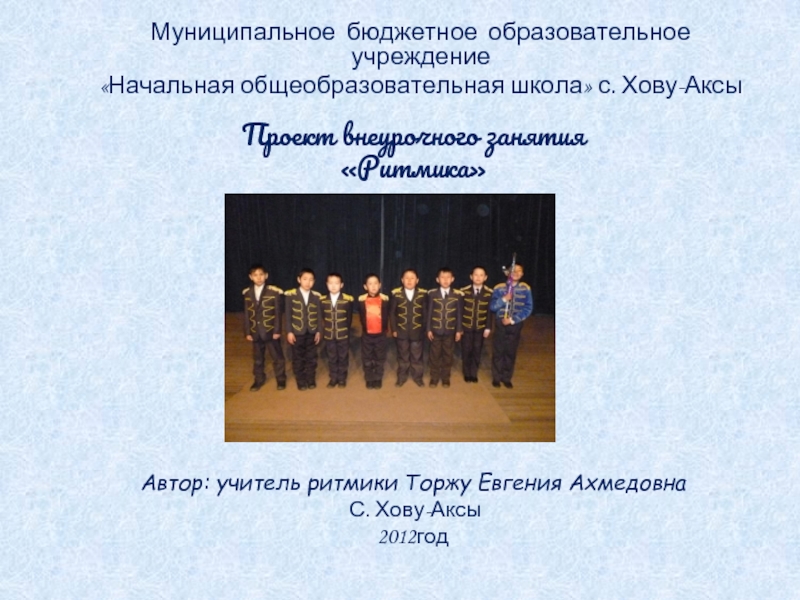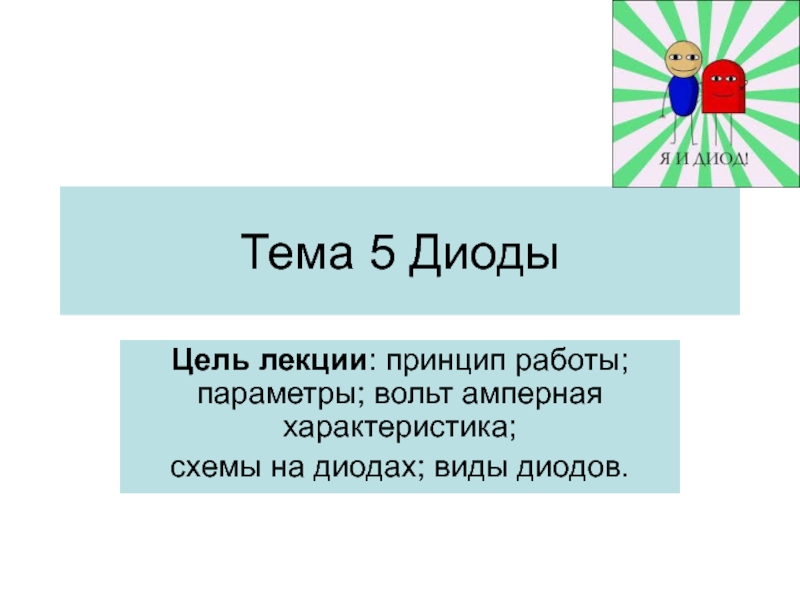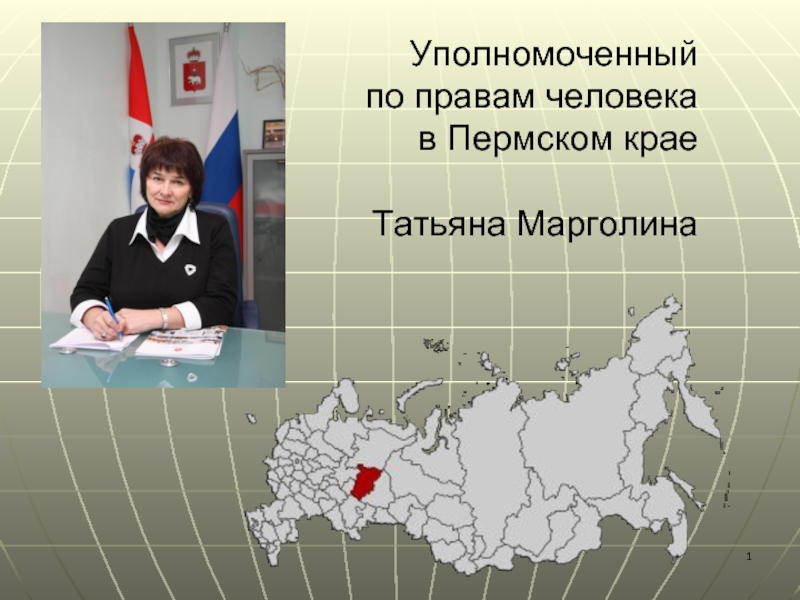Eugeniy Belyaev
Marat Gilmutdinov
Andrey Turlikov
- Главная
- Разное
- Дизайн
- Бизнес и предпринимательство
- Аналитика
- Образование
- Развлечения
- Красота и здоровье
- Финансы
- Государство
- Путешествия
- Спорт
- Недвижимость
- Армия
- Графика
- Культурология
- Еда и кулинария
- Лингвистика
- Английский язык
- Астрономия
- Алгебра
- Биология
- География
- Детские презентации
- Информатика
- История
- Литература
- Маркетинг
- Математика
- Медицина
- Менеджмент
- Музыка
- МХК
- Немецкий язык
- ОБЖ
- Обществознание
- Окружающий мир
- Педагогика
- Русский язык
- Технология
- Физика
- Философия
- Химия
- Шаблоны, картинки для презентаций
- Экология
- Экономика
- Юриспруденция
Binary Arithmetic Coding System with Adaptive Probability Estimation by “Virtual Sliding Window” презентация
Содержание
- 1. Binary Arithmetic Coding System with Adaptive Probability Estimation by “Virtual Sliding Window”
- 2. Arithmetic Coding with Context Modeling Encoder
- 3. Sliding Window (Main Properties) W last processed
- 4. Work of Encoder with Sliding Window Adaptation
- 5. Work of Encoder with Sliding Window Adaptation
- 6. Main Disadvantage of Sliding Window Method Using
- 7. Chronology of Sliding Window Analysis 1986
- 8. Imaginary Sliding Window (Main Properties) Using Randomized
- 9. ISW (Main Algorithm) Step 1 and Step
- 10. Features of ISW Advantage Avoiding buffer usage
- 11. Avoiding Random Variable Usage – average number
- 12. Integer Implementation of Virtual Sliding Window (VSW) c – parameter of algorithm
- 13. Advantages of VSW Virtual Sliding window
- 14. Using VSW in H.264 Standard Binarization Context
- 15. Bitrate Savings for some Testing Video Sequences
Слайд 1Binary Arithmetic Coding System with Adaptive Probability Estimation by “Virtual Sliding
Слайд 2Arithmetic Coding with Context Modeling
Encoder
Context Modeler
Arithmetic Encoder
Decoder
Context Modeler
Arithmetic Decoder
Bitstream
Probability
estimation
Probability
estimation
xt
xt
D
Слайд 3Sliding Window (Main Properties)
W last processed symbols are used for probability
Buffer with W cells is used for keeping W last processed symbols. W is window length
Frequencies of symbols are calculated basing on buffer content
Слайд 4Work of Encoder with Sliding Window Adaptation (Binary Case)
W
xt
xt-1
xt-2
xt-3
xt-W+1
xt-W
Step 1: Probability
Estimation by Krichevsky-Trofimov formula:
…
Слайд 5Work of Encoder with Sliding Window Adaptation (Binary Case)
Step 2: Current
Step 3: Modification of sliding window content
xt
xt-W
Finite State Machine with 2W states
xt-2
xt-3
xt-W+2
xt-W+1
…
Слайд 6Main Disadvantage of Sliding Window Method
Using large size additional memory required
Necessity to store individual buffers with W cells for each context model
Frequent context model changing is critical for memory cache
Critical for DSP application
Слайд 7Chronology of Sliding Window Analysis
1986 – F.T.Leighton, R.L.Rivest
Proposal of Probabilistic
1996 – B.Y.Ryabko
Randomization procedure;
Imaginary Sliding Window (ISW)
Non-binary case
1996 – A.Zandi, G.G.Langdon
Randomization procedure;
Binary case
2004 – E.Meron, M.Feder
Avoiding randomization procedure in
Imaginary Sliding Window (ISW)
Слайд 8Imaginary Sliding Window (Main Properties)
Using Randomized Finite State Machine with (W+1)
Method does not require to store buffer for previously processed data
Random variable is used to estimate value of symbol xt-w removed from the sliding window
Слайд 9ISW (Main Algorithm)
Step 1 and Step 2 are similar to classical
Step 3: Modification of St evaluation.
yt – random binary value
Randomized Finite State Machine with W+1 states
Слайд 10Features of ISW
Advantage
Avoiding buffer usage
Disadvantage
Using generator of random values, synchronized on
Слайд 11Avoiding Random Variable Usage
– average number of ones in the single
Disadvantage – float point operation with St
E.Meron, M.Feder (2004)
Слайд 13Advantages of VSW
Virtual Sliding window method avoids
buffer storage in memory;
generation
float-point operations with St calculation
Слайд 14Using VSW in H.264 Standard
Binarization
Context Modeling
CABAC – Context-based Adaptive Binary Arithmetic
Non-binary
data
Arithmetic Coding
bitstream
Binarization of value Q (simplified scheme):
Слайд 15Bitrate Savings for some Testing Video Sequences (in percent)
Regular Initialization of
Non-Regular Initialization of P-frames
